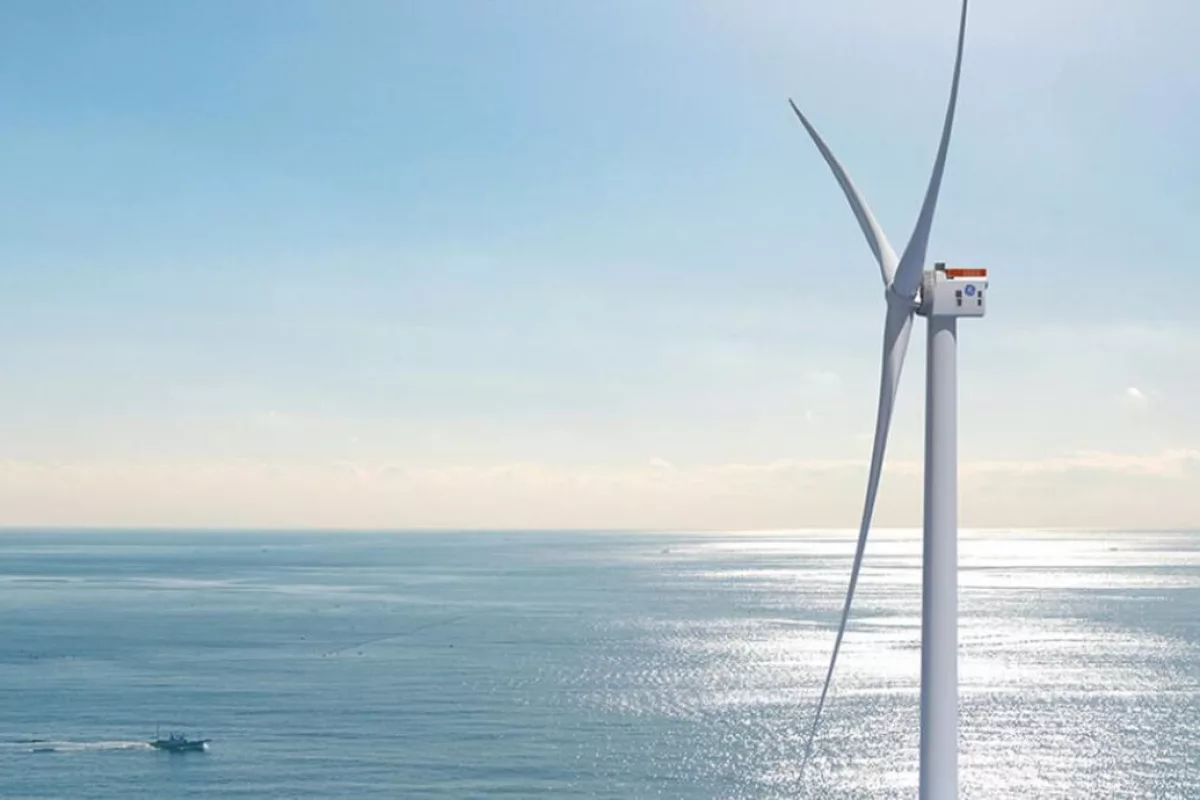We’ve been tracking the progress of the world’s largest offshore wind turbine since GE Renewable Energy first revealed its plans for the enormous machine in 2018, and the Haliade-X keeps on going from strength to strength. The company has now revealed an even more powerful version, which will be planted at the world’s largest off-shore wind farm midway through the decade.
The Haliade-X was introduced a couple of years ago as a 12-MW turbine capable of producing 45 percent more energy than any other offshore wind turbine on the market. The Haliade-X stretches to an incredible 853 ft (260 meters) in height, with each of its three blades measuring 107 m (351 ft), making them the longest off-shore blades ever made.
This turbine in 12- and 13 MW forms provides the backbone for America’s first “commercial scale” off-shore wind energy project, and also the largest off-shore wind farm in the world, Dogger Bank, which is located around 130 km (80 miles) off the coast of England. Work commenced on this ambitious project, which is to be built in three phases, in January this year.
GE Renewable Energy has now announced that an upscaled 14-MW version of the turbine will follow, and will feature as part of phase C of the Dogger Bank project. The total number of these turbines to be installed at the facility will be finalized next year, and installation of Dogger Bank C is set to begin in 2025, and be completed in 2026. This will be the first time these 14-MW behemoths will be installed on any project anywhere in the world.
“Dogger Bank C will use a 14 MW version of the Haliade-X, the most powerful offshore wind turbine in operation today,” says John Lavelle, President & CEO, Offshore Wind at GE Renewable Energy. “In doing so, this unique project will both continue to build on the UK’s leadership in offshore wind and serve as a showcase for innovative technology that is helping to provide more clean, renewable energy.”
Once complete, Dogger Bank will have a capacity of 3.6 GW and be the largest wind farm in the world, providing the UK with five percent of its total energy needs.
Source: Dogger Bank




